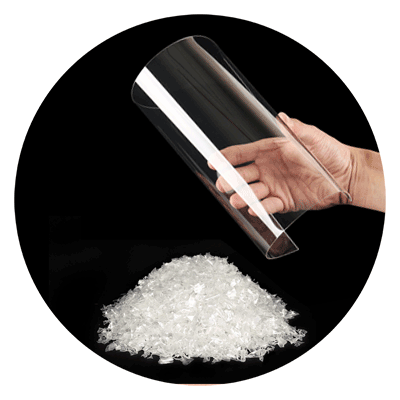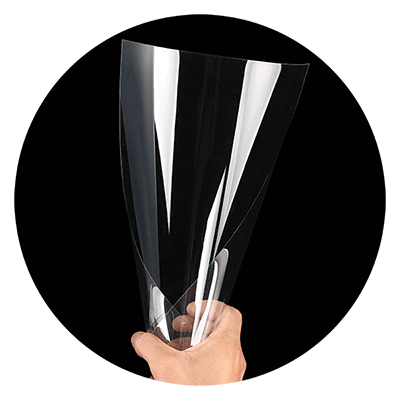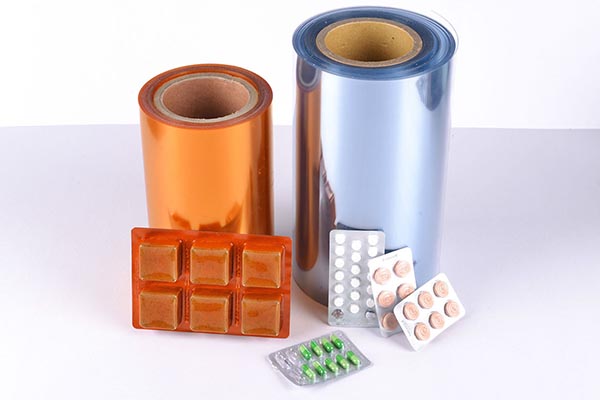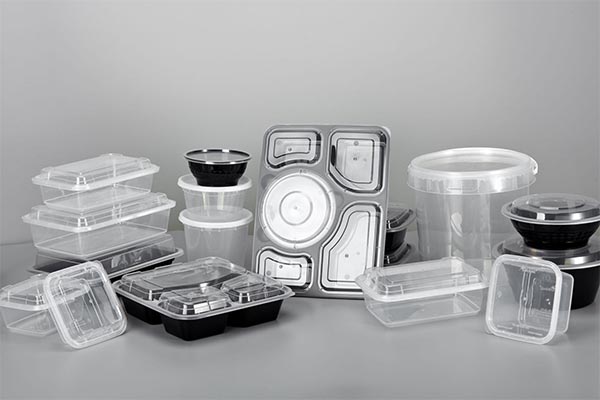Before discussing which plastic is the safest room temperature water container, let’s take a look at the application of various plastics in containers. Plastic container products in life will have digital labels, and these digital labels represent different plastic types.

Number 1: PET (Polyethylene Terephthalate)
The container made of this material is a common plastic bottle for soda, also commonly known as “Pote bottle”. Common ones are mineral water bottles, carbonated beverage bottles, etc.



PET is heat-resistant to 70°C and is easily deformed, and there are substances that are harmful to the human body melted out. Plastic No. 1 may release the carcinogen DEHP after 10 months of use. Therefore, mineral water bottles cannot be placed in the car to bask in the sun.
Number 2: HDPE (High Density Polyethylene)
Containers for detergents, shampoos, shower gels, edible oils, pesticides, etc. are mostly made of HDPE. The container is mostly opaque and feels like wax. Common white medicine bottles, cleaning supplies, bath products.
Do not use HDPE material to make water cups, or use them as storage containers for other items. Incomplete cleaning, do not recycle.
Number3: PVC (polyvinyl chloride), a polymer of vinyl chloride
Polyvinyl chloride (PVC) is a synthetic material with many advantages and is an ideal material for engineering plastics. Good chemical stability, resistant to acid, alkali and some chemicals. Moisture resistance, aging resistance, flame retardant. The temperature should not exceed 60 ℃ when used, and it will become hard at low temperature.
It is mostly used to make water pipes, raincoats, school bags, building materials, plastic films, plastic boxes and other utensils. Common raincoats, building materials, plastic films, plastic boxes, etc. It has excellent plasticity and is cheap, so it is widely used and can only be heat-resistant at 81 °C. It is easy to produce bad substances at high temperature, and it is rarely used for food packaging. Difficult to clean and easy to remain, do not recycle.

PVC sheets are divided into soft plastics and hard plastics. The soft ones are mainly made into films, used as packaging materials, rainproof products, agricultural seedling raising films, etc., and can also be used as insulation layers for cables and wires, and artificial leather products. Hard ones are generally made into pipes and plates, pipes are used as water pipes and pipes for conveying corrosion-resistant fluids, and plates are used as linings and floors for various storage tanks.
Other related: PVC natural color is slightly yellow translucent, shiny. The transparency is better than that of polyethylene and polystyrene, but worse than that of polystyrene. According to the different dosage of additives, it is divided into soft and hard PVC. Soft products are flexible and tough, and feel sticky. The hardness of hard products is higher than that of low-density polyethylene, and whitening will appear at the inflection point. Common products: plates, pipes, soles, toys, doors and windows, wire sheaths, stationery, etc.
Number 4: LDPE (Low Density Polyethylene)
In daily life, plastic bags that can be seen everywhere are mostly made of LDPE. Common cling film, plastic film, etc. Harmful substances will be produced at high temperatures. After the poison enters the human body with food, it may cause diseases such as breast cancer and birth defects of newborns. LDPE plastic wrap should not be used for microwave heating.
Number 5: PP (Polypropylene)
A thermoplastic resin obtained by the polymerization of propylene. White translucent when unpigmented, waxy, lighter than polyethylene. The transparency is also better than that of polyethylene (PE), and it is harder than PE.
Common products: basins, barrels, furniture, films, woven bags, bottle caps, car bumpers, etc.

(Common soy milk bottles, yogurt bottles, juice drink bottles, microwave lunch boxes. The melting point is as high as 167 ° C, and it is the only plastic box that can be placed in a microwave oven and can be reused after careful cleaning. It should be noted that some microwave lunch boxes, boxes The body is made of No. 5 PP, but the lid is made of No. 1 PET. Since PET cannot withstand high temperature, it cannot be put into the microwave oven together with the box body.)
Number 6: PS (Polystyrene)
PS sheets are transparent when unpigmented. When the product is dropped or tapped, it has a metal-like crisp sound, good luster and transparency, similar to glass, brittle and easy to break, and the surface of the product can be scratched with fingernails. Modified polystyrene is opaque.


Due to its low water absorption, it is mostly used to manufacture building materials, toys, stationery, rollers, as well as cup boxes or disposable tableware for beverages in fast food restaurants. Common products: stationery, cups, food containers, home appliance shells, electrical accessories, bowls of instant noodle boxes, fast food boxes. Do not put it in the microwave oven to avoid the release of chemicals due to high temperature. After filling with acid (such as orange juice) and alkaline substances, it will decompose carcinogens. Avoid packing hot food in snack boxes. Do not cook instant noodles in bowls in the microwave.
Number 7: Other
Common PC types, such as kettles, space cups, feeding bottles, etc. Department stores often use water cups made of this material. PA type, that is, nylon, is mostly used in the internal parts of products such as fiber textiles and some household appliances. (PC is easy to release the toxic substance bisphenol A at high temperature, which is harmful to the human body. Do not heat it when using it, and do not expose it to direct sunlight.)
Through the above understanding, let’s take a look at the materials suitable for making water containers at room temperature.
Because of the normal temperature state, no heating is required, so there is no need to consider the two indicators of melting point and glass transition temperature.
PC should be avoided as a food container. In the daily process, Bisphenol (bisphenol A) will be precipitated, which is an endocrine disruptor, which has a function similar to estrogen, which will seriously affect the development of young children.
PET is widely used in liquid beverage packaging, and of course for water. The toughness, strength and hardness are relatively high, the three-dimensional structure is very stable, and it is transparent. PET should be the most suitable material and suitable for recycling. (The temperature is related, and the antimony should come from the catalyst used in the synthesis. Most plastics have metal catalysts, PE/PP have them, and the content is very low. The precipitated phthalates are also harmful to health. Therefore, the application of PET should be Consider using temperature. )
PET sheet is a thermoplastic environmentally friendly plastic product, which is odorless and tasteless after burning, and does not produce toxic gas. High transparency, no water ripples on the surface, no crystal points, no direction and no whitening; strong grease and chemical resistance; strong toughness and rigidity, and good impact resistance.
The problem with PET is that it is not heat resistant and starts to soften at around 80°C. In daily use, it may be affected by light or nearby heat sources, and it begins to deform and precipitate small organic molecules. In reality, the product may not always be at room temperature, so the application of PET is limited.
Next are HDPE and PP of the Polyolefine type, none of which are harmful in terms of composition. HDPE, with a high degree of semi-crystal, is hard material. PP also has similar properties, and relative to HDPE, the crystallinity is slightly lower and the strength is slightly higher. Therefore, PP is better than HDPE in physical properties.
Another important factor is the processing technology. The production of water containers, plastic bottles, etc. is through the hot blow molding process. In this process, various additives need to be added to plastics and will exist in plastic products. The safety of each additive in the formulation is also a factor to be considered.
